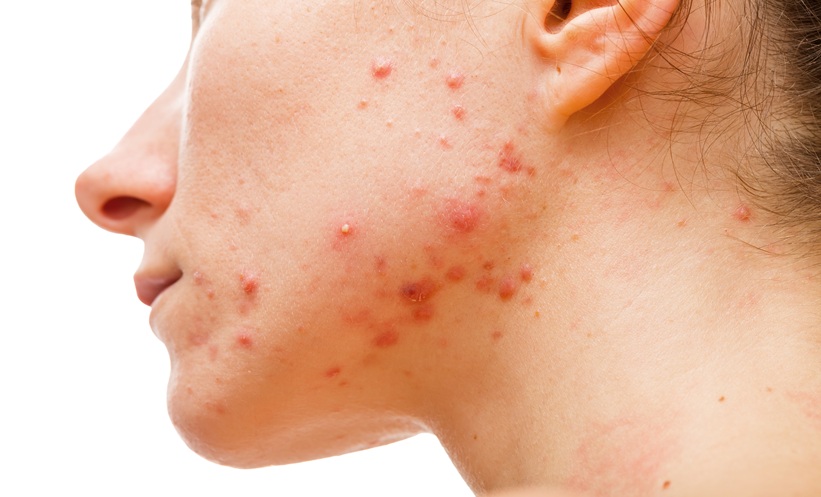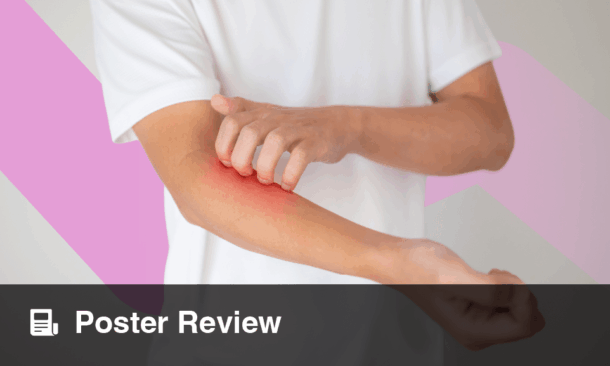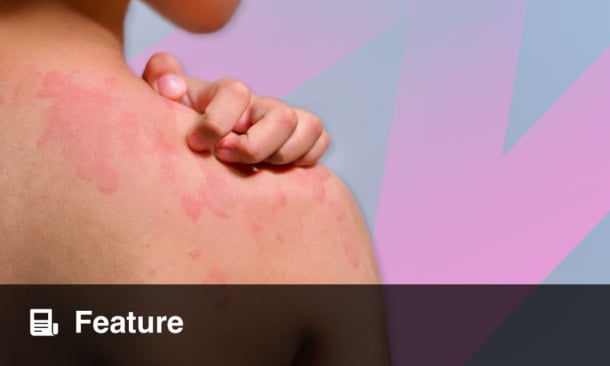A NEW study offers promising evidence that patients can safely and effectively treat inflammatory acne lesions at home using a novel self-injection device for steroid delivery. Acne affects approximately 50 million individuals in the United States annually, with around 85% of adolescents and up to 22% of adults experiencing the condition. For many, the physical pain, psychological toll, and potential for permanent scarring make timely intervention critical.
Intralesional steroid injections, typically involving a dermatologist injecting low-dose triamcinolone directly into inflamed acne lesions, are the most effective lesion-targeted treatment currently available. Relief can occur within 24 hours, and lesions usually resolve in under a week. However, these treatments remain largely inaccessible due to logistical, financial, and insurance barriers.
To bridge this gap, researchers developed a self-injection assistance device, allowing patients to administer triamcinolone themselves under medical guidance. The study first established a safety and efficacy baseline using physician-administered 0.1% triamcinolone. Researchers then compared those results with outcomes from patient self-injection trials at 0.1% and 0.2% concentrations.
Findings revealed that self-injections were equally safe and effective, with higher patient-reported satisfaction at the 0.2% dose, particularly for moderate to severe acne lesions. Importantly, the side effect risk remained low, aligning with previous data indicating less than 1% incidence of skin atrophy when the procedure is performed correctly.
While physician scoring found no significant difference in visual lesion response between the two concentrations, patient-reported outcomes highlighted that 0.2% triamcinolone offered improved relief for more severe breakouts. These results suggest that 0.1% may suffice for mild lesions, while higher doses might be warranted for more intense inflammation.
This study represents the largest trial of its kind and highlights the potential of enabling patients to manage acne more promptly and effectively from home. With further research, this self-injection model could become a valuable complement to traditional acne therapies, offering faster healing and reduced scarring risk for those with inflammatory lesions.
Reference
Olson LB et al. Intralesional triamcinolone for inflammatory acne: a comparative study of dose efficacy and investigation of a novel injection assistance device to enable self-administration of intralesional therapy. J Dermatolog Treat. 2025;36(1):2504656.







